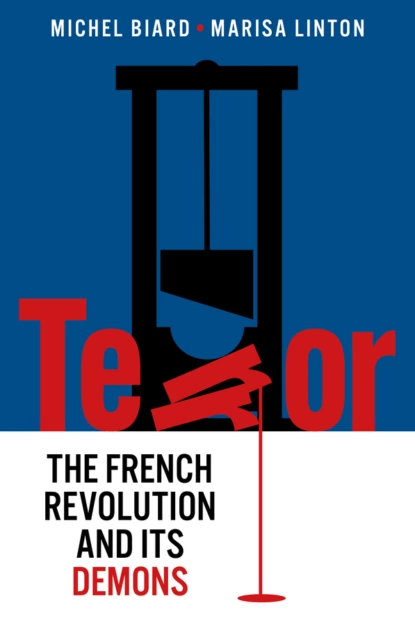Terror

Поделись книгой!
Автор: Michel Biard
Издательство: John Wiley & Sons Limited
Категория: Историческая литература
ISBN: 9781509548378
📘 At the heart of how history sees the French Revolution lies the enigma of the Terror. How did this archetypal revolution, founded on the principles of liberty and equality and the promotion of human rights, arrive at circumstances where it carried out the violent and terrible repression of its opponents? The guillotine, initially designed to be a ‘humane’ form of capital punishment, became a formidable instrument of political repression and left a deep imprint, not only on how we see the Revolution, but also on how France’s image has been depicted in the world. This book reconstructs the Terror in all its complexity. It shows that the popular view of a so-called ‘system of terror’ was retrospectively invented by the group of revolutionaries who overthrew Robespierre, as a way of trying to exonerate themselves from culpability. What we think of as ‘the Terror’ is best understood as an improvised and sometimes chaotic response to events, based on the urgent needs of a revolutionary government confronted by a succession of political and military crises. It was a government of ‘exception’ – a crisis government. Terror brings together a wealth of factual elements, along with recent thinking on the ideological, emotional and tactical dimensions of revolutionary politics, to throw new light on how the phenomenon of terror came to demonise the image and memory of the French Revolution. It will be essential reading for students and scholars of the French Revolution and for anyone concerned with the ways in which political conflict can descend into violence.
Где найти книгу?
Мнения